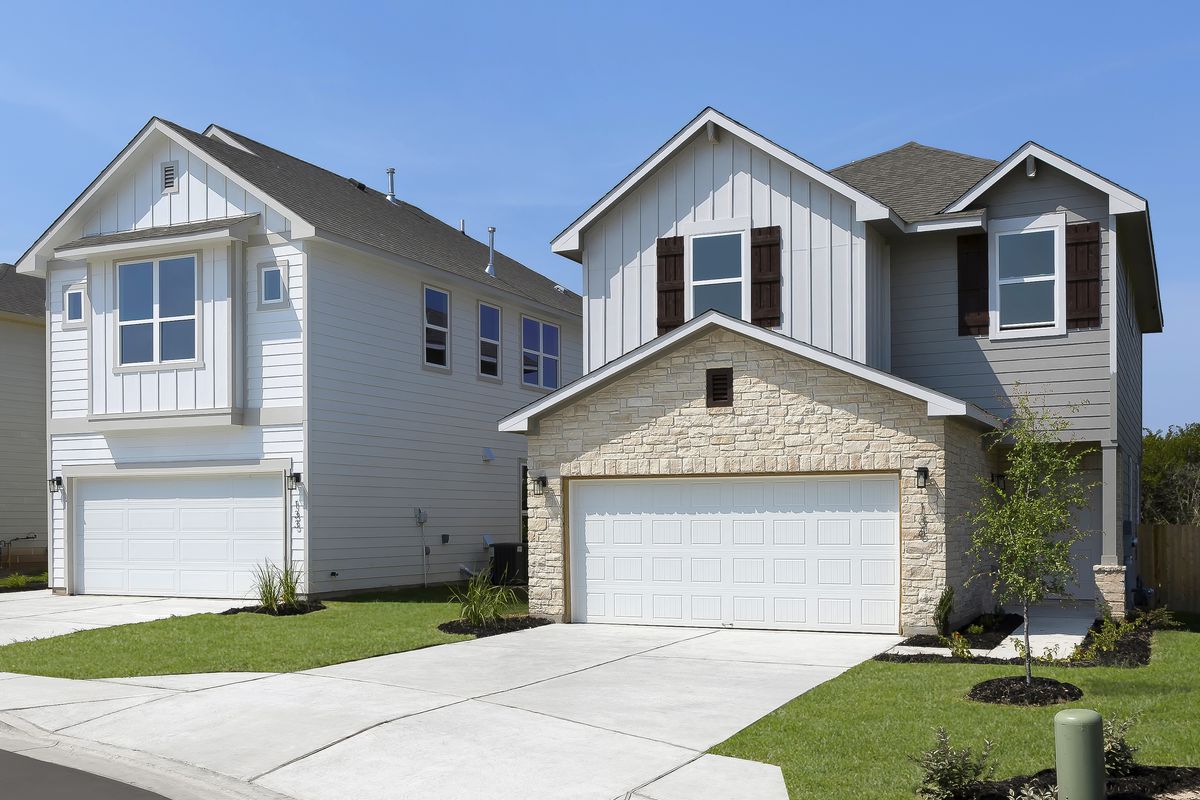More and more investors are turning to single-family build-to-rent home communities (SF BTRs) as a lucrative opportunity in the real estate market. In just the past year, new construction for SF BTRs has doubled. So, why are big players pouring billions of dollars into this relatively new asset class? Keep reading to find out.
Single-Family Build-To-Rent Communities Are A New Rental Asset Class For Institutional Investors
When most people think of single-family rentals, they picture investors renting out houses they’ve purchased. However, recent trends indicate that institutional investors and influential players have noticed the increase in demand for SFRs among higher-income households and are beginning to pour billions of dollars into this newly discovered opportunity to capitalize on a market they had not even previously thought about as an asset class.
Institutional players only account for 3 to 5 percent of the SFR market. Compared to other industry segments like multifamily and hotels, the market for single-family rentals is fractional. But, with the pandemic-induced change in lifestyle fueling a sharp increase in housing demand over the past two years and the rising costs of homeownership, single-family rental communities specifically designed and built for renters appear to be the solution.
According to Yardi’s RentCafe, the SF BTR sector experienced a 106% YOY growth in 2022, which is vastly higher than the 36% YOY growth seen between 2020 and 2021. In highly sought-after rental markets like Austin, Houston, and San Antonio, new construction of single-family rental communities is outpacing multifamily housing this year.
Demographics That Back Renter Demand
American renters make up more than one-third of the population. According to the most recent Housing Vacancy Survey, there were 44.0 million renter households in the third quarter of the year, up about 870,000 from the first quarter of 2020. The construction of new rentals has not kept up with the surge in rental demand either. The growth in occupied apartments was almost 250,000 units greater than the growth in newly completed rental units added to the rental market, resulting in record high occupancy rates. The overall vacancy rate for rentals hasn’t been this low since the mid-1980s.
Several trends have led to increased rental demand. First, the number of higher-income renters has risen in recent years. According to the Census Bureau’s most recent complete report, the share of higher-income renters went up from 20% to 26%, and the income distribution of renter households increased overall. This could be because of the competitive housing market, making it harder for higher-income families to buy a home.
Second, the large millennial generation is moving into its 20s and 30s, the most common age for people to rent. And because rising interest rates have made homeownership more expensive for millennials, more of them have had to rent instead of buy.
Third, the same Census Bureau mentioned earlier shows that the number of younger and middle-aged households that rent has grown significantly in the past decade. In the last ten years, 4.1% more people aged 25–34 and 5.2% more people aged 35–44 have rented their homes. This is likely a sign that people are taking longer to buy their own homes than they were during the previous decade.
Lastly, as baby boomers get older and reach their 60s and 70s, the number of older renters is increasing drastically. From 2009 to 2019, there were 37% more renter households for people 65 and older. And over the next 20 years, the number of renters in this group will grow even faster as more baby boomers reach the age of 75 or older and begin looking to move into smaller places with less space and less maintenance to do.
In Closing
As the rental market continues to grow, single-family build-to-rent home communities are becoming an increasingly popular option for institutional investors. New construction for SF BTRs has doubled in the past year, and big players in the rental space are pouring billions of dollars into this relatively new asset class.
Renters are attracted to SFR communities for their space and privacy, and builders should continue to design these communities with luxury finishings and premium amenities in mind. SFR communities provide a welcome alternative for those who want to move up from renting an apartment but can’t buy a house because of the current housing market conditions. With the increasing demand for rental units, it’s clear that SF BTRs are here to stay.
What do you think about this trend? Do you think SFRs are a good investment? Let us know your thoughts in the comments below!





